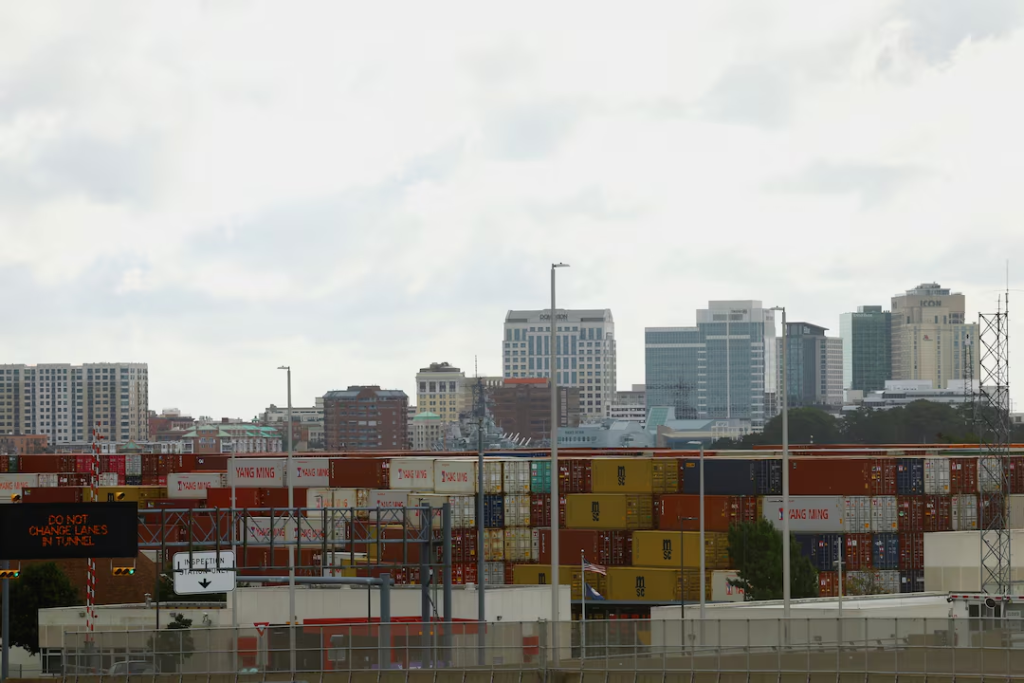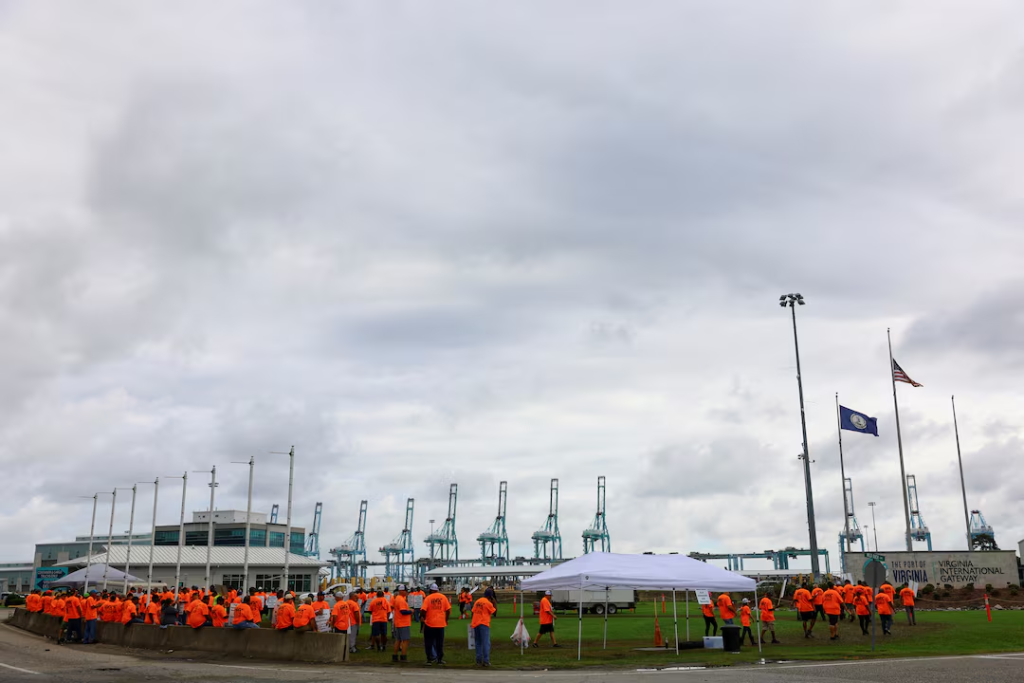The Impact of the Port Strike
The port strike 2024 began earlier this week, marking the first major work stoppage by the ILA since 1977. Tens of thousands of dockworkers, primarily located along the East and Gulf coasts, walked off the job, causing disruptions at 36 major ports, including New York, Baltimore, and Houston.

This port on strike halted the flow of containerized goods into and out of the U.S., creating a bottleneck in the shipping of essential goods like fruits, automobiles, and electronics. Shipping companies were left scrambling as billions of dollars worth of goods sat offshore waiting to be unloaded. The strike hit the supply chain hard, with the backlog of ships causing a surge in shipping costs and threatening shortages across the nation. According to economists, the strike could have cost the U.S. economy an estimated $5 billion per day.

Tentative Deal Reached
On Thursday, dockworkers and their employers reached a tentative deal that will raise workers’ wages by approximately 62% over the next six years. This is a significant improvement from the USMX’s initial offer, which was closer to a 50% raise. Under the new deal, the average dockworker’s wage will increase from $39 to $63 per hour by the end of the contract.

The agreement includes an immediate cease to all strike actions and extends the existing contract until January 15, 2025, giving both parties time to negotiate other unresolved issues. Among these issues is the controversial topic of port automation, which the union fears will lead to widespread job losses.
While the tentative deal addresses wages, many are still asking, “Is the port strike over?” Yes, the strike is suspended for now, but the agreement will need to be ratified by the union’s 50,000 members. Should they reject the deal, the strike could resume, once again threatening U.S. port operations.
Government Involvement in Negotiations
The Biden administration played a key role in brokering the agreement between the ILA and USMX. With the U.S. economy heavily reliant on imports and exports, the White House was under pressure to resolve the port workers strike before it caused lasting damage. Senior officials, including Acting Secretary of Labor Julie Su, were involved in talks to push for a new wage offer and extend the contract.
President Joe Biden praised the tentative agreement, stating, “Collective bargaining works, and this wage deal represents critical progress toward a strong contract for our hardworking dockworkers.” The resolution of the strike comes just weeks before the presidential election, where economic management will be a focal point for voters.

With the ports reopening and workers returning to their duties, the U.S. supply chain is expected to recover gradually. However, the possibility of further disruptions remains if negotiations over automation and other unresolved issues break down. The union has made it clear that they will continue to fight for protections against job losses due to automation, a concern that has long been at the heart of labor disputes in the shipping industry.
For now, the port strike 2024 offers a relief end, but all eyes are on the next phase of negotiations to see whether a permanent solution can be reached.


